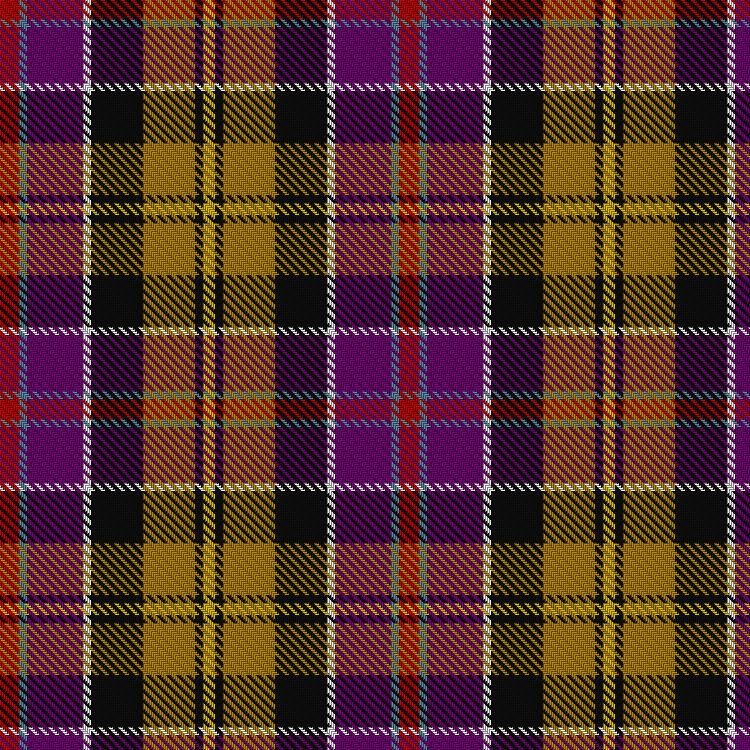Click the tartan to view its entry in The Scottish Registers of Tartans which includes registration details, restrictions, and registrant information.
Unregistered tartans may link to one of the web's online design environments for similar information.
For any questions about reproduction of designs or weaving of these tartans, please contact the registrant directly or via this website.
the Battle of Culloden
"Their waefu’ fate what need I tell,
Right to the wrang did yield;
My Donald and his Country fell,
Upon Culloden field.
Oh I am come to the low Countrie,
Ochon, Ochon, Ochrie!
Nae woman in the warld wide,
Sae wretched now as me."
~ The Highland Widow's Lament, Robert Burns, 1794
The Battle of Culloden, also called Battle Of Drummossie, (April 16, 1746), was the last battle of the Jacobite Rising of 1745. The Jacobites, under Charles Edward Stuart (“Bonnie Prince Charlie”) were defeated by British forces under William Augustus, Duke of Cumberland. The unspeakable acts committed during the period after the battle around Inverness and in the following months elsewhere were noted and chronicled by many contemporary observers. The markers on the battlefield of Culloden Moor were put in place in 1881, and although geophysical analysis has identified mass graves underneath, it is not known how the particular names or locations were chosen for each of the standing stones.
From the Encyclopedia Brittanica:
The Battle of Culloden, also called Battle Of Drummossie, (April 16, 1746), was the last battle of the Jacobite Rising of 1745, when the Jacobites, under Charles Edward Stuart (“Bonnie Prince Charlie”), were defeated by British forces under William Augustus, Duke of Cumberland.
Culloden is a tract of moorland in the county of Inverness, Scotland, forming a part of the northeast of Drummossie Moor and lying about 6 miles (10 km) east of Inverness.
The battle, which lasted only 40 minutes, resulted in bitter defeat for the heavily outnumbered Jacobites. Some 1,000 of the Young Pretender’s army of 5,000 weak and starving Highlanders were killed by the 9,000 Redcoats, who lost only 50 men. The devastating slaughter of the Jacobites was the result of the opening British cannonade and subsequent tactics of the Redcoats during the attack of the Highlanders, when each British soldier, instead of attacking the Highlander directly in front of him, bayoneted the exposed side of the man to his right. The Highlanders finally broke and fled, and some 1,000 more were killed in subsequent weeks of hounding by British troops. Hunted by troops and spies, Prince Charles wandered over Scotland for five months before escaping to France and final exile. The Battle of Culloden marked the end of any serious attempt by the Jacobites to restore the Stuart dynasty to the British throne.
From the official register:
This seems to be the sett which spawned a series of similar tartans with their design variously ascribed to Hugh Macpherson, Laird-Portch and Thomas Gordon of Glasgow. Worn by a member of Prince Charles' staff during the battle but it is not known with which family or district it was first connected. It was first illustrated in Old & Rare in 1893 by D.W. Stewart whose son D.C. Stewart was a founder member of the Scottish Tartans Society. According to Dr Gordon Teall (District Tartans) it is now firmly established as a district tartan and 'use and wont' would appear to confirm that - this is the sett woven by Lochcarron & House of Edgar.
Have three minutes, click the Culloden battlefield for a hand-drawn quick summary of the Jacobite Rebellions from "3 Minute History."







